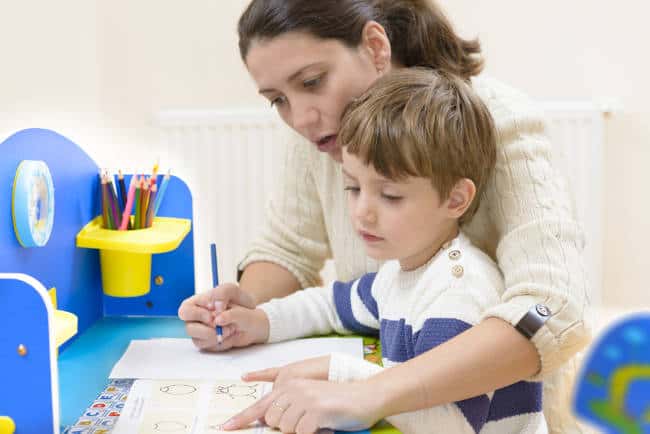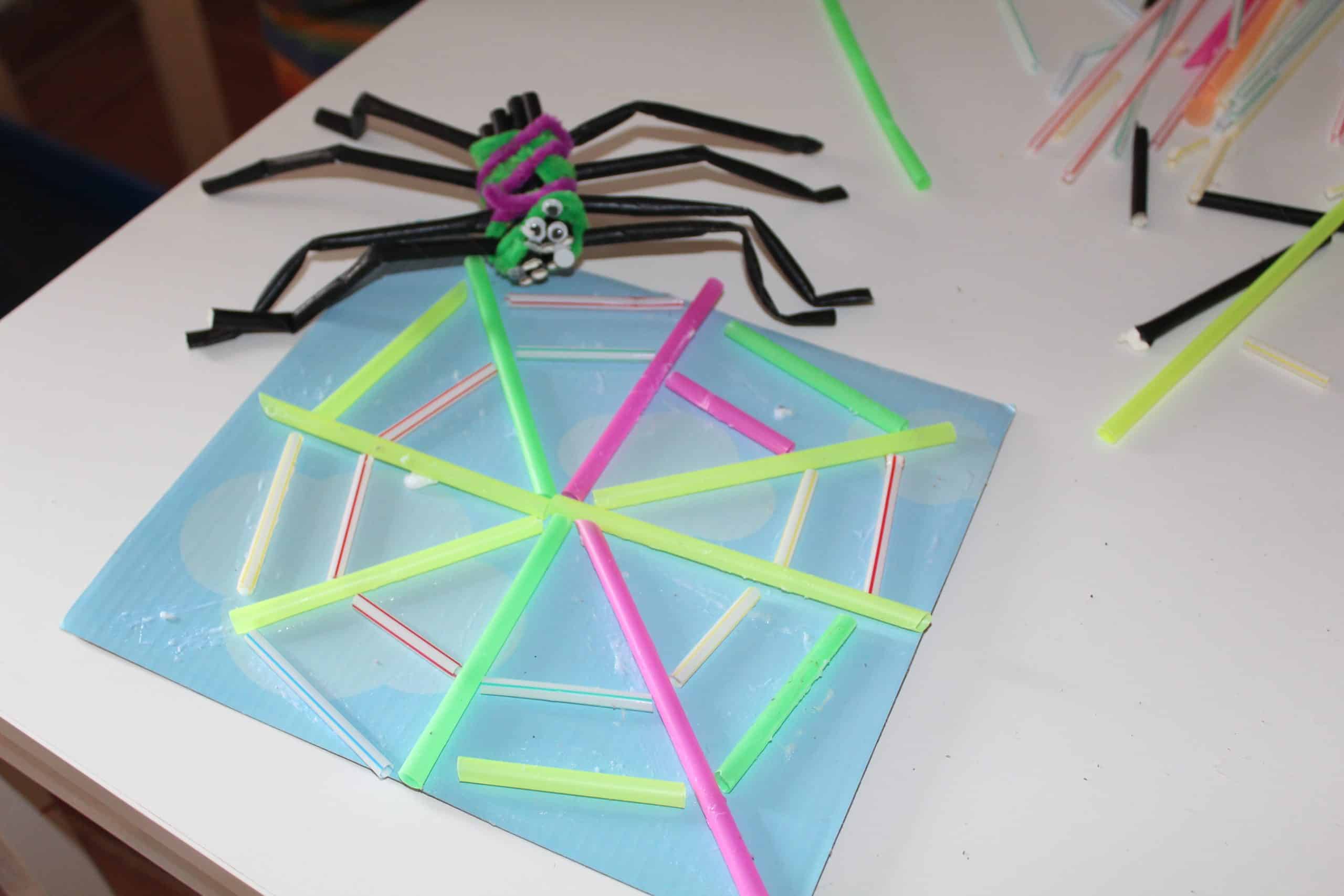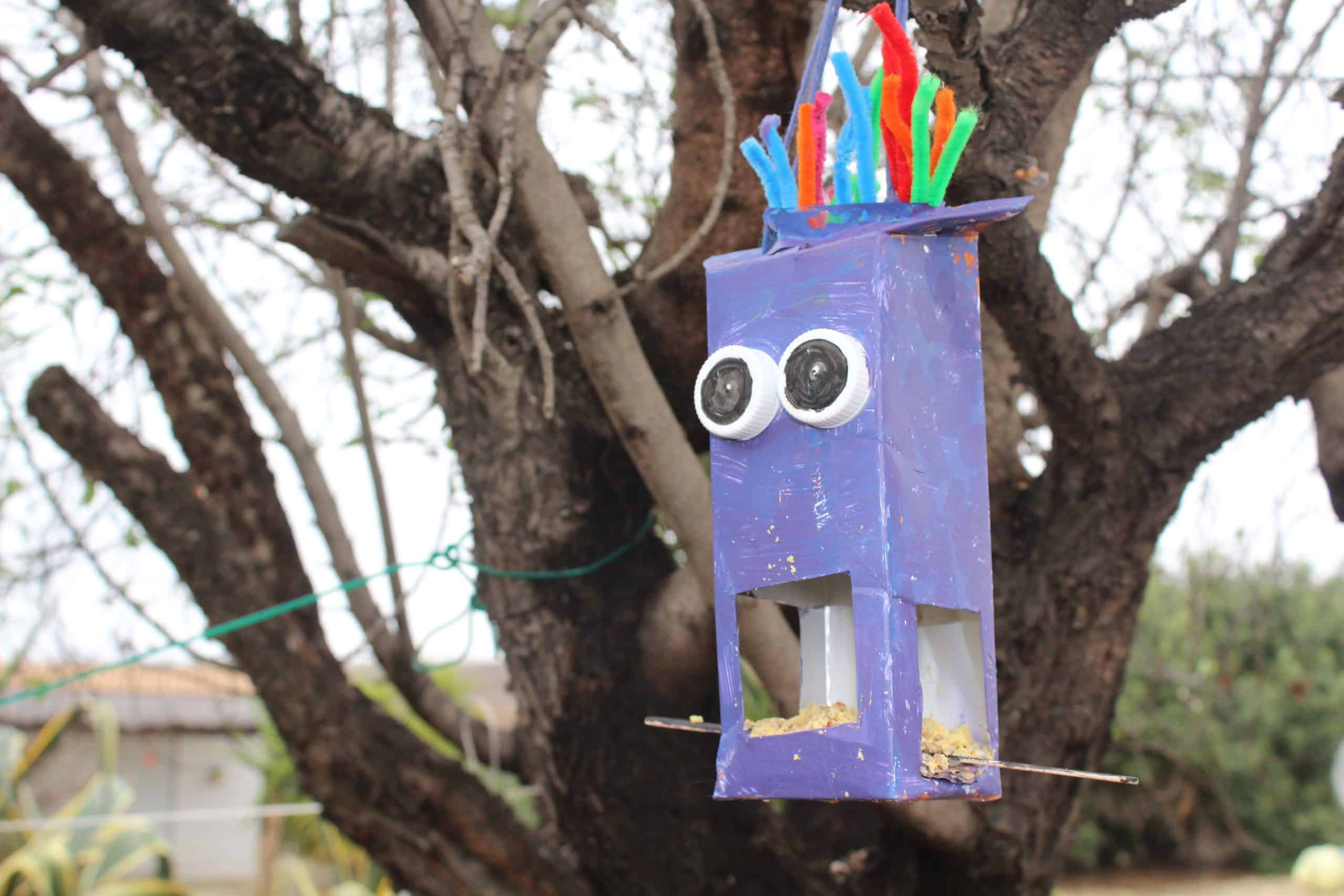There’s an educational revolution going on right now. Unless you’ve been living under a rock, you know that many schools throughout the country were closed for most of 2020. Sure, they had virtual classes and take-home packets, but that doesn’t take the place of actual schooling.
What we saw was a shift toward parents taking on the role of teacher, talking their kids through the packets, and the majority of their tests on an online platform. We saw accidental homeschooling essentially.
However, what we didn’t anticipate was how it would change the landscape of schooling. People found out they enjoyed it. Kids were less stressed. Most importantly, the lessons were taught. And it didn’t stop there…

Homeschooling is on the rise
Families chose to adapt during the pandemic, whether they wanted to or not. One of the most obvious (and easily measured) adaptations is the 11.1% spike in homeschooling. This comes from census data reporting that in April 2020, homeschool was sitting at 5.4%. By the following fall, homeschool experienced a 5.6% jump and thus, doubling the families homeschooling the previous year.
In addition to the traditional concept of homeschool which many of us think of, there was also the addition of “pandemic pods.” The model is similar to how one-room schoolhouses operated once upon a yesteryear. A group of parents pool together and allow their children to be educated together. They either take care of their education on their own or privately hire a professional teacher.
Both models are shaking up the public education stronghold. Many of these families chose to switch because of school closures and local COVID numbers, but even with the number of cases going down and schools reopening, homeschooling is holding steady. Plus, the emergence of school choice bills in multiple states is incentivizing a shift toward homeschooling, with tax dollars following the child rather than the public school (even homeschooled kids!).
Reasons people are switching
Aside from COVID school closures, many parents (mostly women) were forced to stay home when childcare options dwindled. Many parents opted to switch to homeschool since they would be home anyway. Plus, it allows for stability in the face of sudden closures due to spikes in illness.
Additionally, parents are enjoying the newfound control over the curriculums. They can tailor the subjects to fit their personal family values while teaching in a way that best suits their child(ren).
The mental health of children is also a notable cause for the switch. Many kids with ADHD, anxiety, and learning disabilities benefit from the one-on-one model of teaching. You can condense an entire school day into a few hours and spend the rest of the day playing and exploring.
Freedom to travel is also worth noting. When you’re planning around a traditional school year, families are restricted to traveling during summer break and shorter recessions from school. Homeschooled children can travel whenever you please. That might be a huge benefit for families that deal with strict rules about paid time off and vacation.
Reasons you might not want to
Juggling homeschooling with smaller siblings can be a struggle. That’s especially true if the age gap is wide. Many parents are overwhelmed at the prospect of multitasking school, child care, and housework throughout the day.
Also, consider your own mental health. If you don’t feel up to the task of taking on daily lessons, there’s no shame in going with public school. Rather than frazzle yourself out trying to plow through lesson plans, consider using the time after their school day as a moment for reconnection.
If you live in a state with stringent laws in regards to homeschooling, it would be understandable to opt-out. Depending on the number of hoops you have to jump through, it might be too stressful trying to qualify and maintain standards set by the local government.
Homeschooling Curriculums
Traditional
This is a model similar to traditional schooling. It utilizes lecture-style teaching with scheduled blocks and assignments much like public school. It’s widely accepted by state laws, is easy to record, and offers an easy-to-follow place for new homeschool parents to jump off from.
Waldorf
For an approach that’s designed for freethinkers, the Waldorf model doesn’t emphasize academics so much as age-appropriate learning, the arts, and emotional intelligence. This is a low-cost option and leans heavily on exploration of the natural world, play, and imagination.
Montessori
Montessori homeschooling, like the methods used in daily life at home, focuses on self-regulation. The practice is more of a philosophy than a curriculum but can be incorporated into academic curriculums. It advocates for self-led and self-disciplined learning in all things. To put it simply, the Montessori philosophy meshes well with traditional coursework and lessons.
Classical
Classical homeschooling revolves around the trivium which is a three-part approach (grammar, logic, and rhetoric) to training the mind. It has roots that date back to the Renaissance Period. The simplest explanation of the three stages explains that the grammar stage is composed of the building blocks. Though named “grammar,” this pertains to all subjects and is the stage where students build their core knowledge. Logic is when students begin to ask questions about the foundation they built in the grammar stage. In the rhetoric stage, students learn to form opinions, conclusions, and how to articulate them for effective communication.
Eclectic
This may be considered one of the most individualistic approaches, as it takes approaches and resources from other methods and blends them in a way that works best for your student’s specific needs. It works well for families with multiple children or teaching schedules that require some degree of online learning. When building your eclectic curriculum, your most valuable tool is observation. Take your child’s strengths, weaknesses, and interests into account when pulling your resources.
Charlotte Mason
If you fancy a literary approach, Charlotte Mason may be the way to go. Her approach dates back to the 1800s and puts a heavy emphasis on quality literature (narrative literature). Students also focus on exploration, art, journaling, nature, dictation, and more. This approach boasts a focus on the “whole child.” It also lends itself to effective blending with other curriculums to cater to the child’s entire spectrum of needs.
Unschooling
This is the ultimate “student-led” approach where all the learning follows the child’s curiosity. It emphasizes the process of learning rather than the time spent reading workbooks and taking notes. Unschooling states that humans are natural thinkers and learners. Therefore, they do not need to be “made” to do so. This one can be a little tricky with reporting as each requires different documentation. The structure of the “curriculum” varies widely and depends on the child and family.
Roadschooling
The nomad lifestyle is catching on with families opting to live in tiny homes and RVs. Roadschooling is simply homeschooling on the road. As far as curriculum, it’s best to consider those that are easy to pack up and go. Also, to comply with state laws, you have to establish a home state to report your homeschooling progress.
Worldschooling
Much like roadschooling, worldschooling is learning on the go. However, this approach places more emphasis on traveling and experiential learning. It involves learning about other cultures and how the world is framed through the eyes of others. Like roadschooling, reporting and recording progress can be difficult. However, with enough ingenuity, you can figure out a plan if worldschooling appeals to you.
Homeschooling Requirements
States that set requirements for parents to homeschool usually only require a high school diploma or GED. Thirty-six states, however, have no parental qualifications. It really comes down to whether you think you can do it and feel comfortable doing so.
The Pros of Homeschooling
- More time with family
- Customized learning
- Endless areas of exploration
- Freedom to travel
- Independence from public school schedule and rules
- Stability when school hours are wildly unstable
- No vaccine requirements
- Some states are passing laws that allow tax funding to benefit homeschool students
The Cons of Homeschooling
- Can be hard to juggle if both parents work outside of the home
- Multiple students may be overwhelming
- You have to pick out and purchase your own curriculum and coursework
- You may find that your student doesn’t work as well for you as they would an outside teacher









